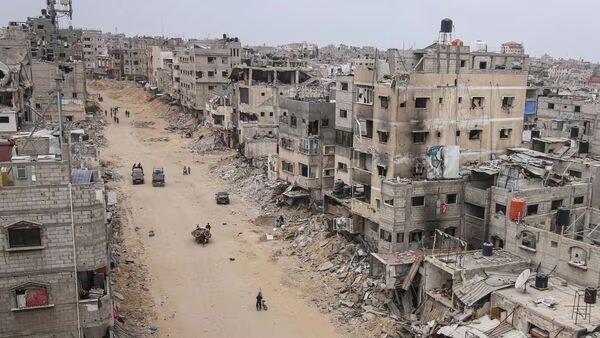As tensions escalate in the Middle East, the Israeli military has issued a significant directive affecting the residents of Rafah. With the situation evolving rapidly, here are ten key points to understand about the temporary evacuation and its implications.
- Magnitude of the Directive: The Israeli army has instructed approximately 100,000 civilians residing in parts of Rafah to evacuate temporarily. This order underscores the severity of the situation and the potential risks faced by residents in the area.
- Location Affected: The evacuation notice specifically targets parts of Rafah, a city located in the southern Gaza Strip. Rafah is situated near the border with Egypt and has been a site of frequent clashes and military operations in the past.
- Reason Behind the Directive: The Israeli military has cited security concerns as the primary reason for the evacuation order. While specific details about the nature of the threat have not been disclosed publicly, the move suggests a heightened risk of conflict or military operations in the area.
- Timing of the Evacuation: The timing of the evacuation order coincides with escalating tensions in the region. It comes amidst a backdrop of increased violence and unrest, including rocket attacks from Gaza into southern Israel and retaliatory airstrikes by the Israeli Defense Forces (IDF).
- Precedence of Such Orders: Temporary evacuations are not uncommon in conflict zones, where civilian populations often bear the brunt of hostilities. In the Israeli-Palestinian conflict, similar directives have been issued in the past to minimize civilian casualties and facilitate military operations.
- Impact on Civilians: The evacuation order has significant implications for the residents of Rafah. Forced to leave their homes temporarily, civilians are confronted with uncertainty and disruption to their daily lives. Many families are forced to seek shelter in overcrowded facilities or with relatives in safer areas.
- Humanitarian Concerns: The mass evacuation raises humanitarian concerns, particularly regarding the welfare of vulnerable groups such as children, the elderly, and the sick. Access to essential services, including healthcare and education, may be compromised during the evacuation period.
- Response from International Community: The evacuation order has drawn attention from the international community, with humanitarian organizations expressing concern for the safety and well-being of civilians affected by the directive. Calls for restraint and de-escalation have been issued by various stakeholders, urging all parties to prioritize the protection of civilians.
- Potential Escalation of Conflict: The evacuation order underscores the fragile nature of the situation and the potential for further escalation of hostilities. With tensions already running high, any miscalculation or provocation could lead to a dangerous escalation, resulting in more significant civilian casualties and widespread destruction.
- Uncertainty Moving Forward: As residents comply with the evacuation order and tensions continue to simmer, the situation remains fluid and unpredictable. The ultimate outcome will depend on the actions taken by all parties involved and their willingness to engage in dialogue and diplomacy to resolve underlying grievances and disputes.
In conclusion, the temporary evacuation of civilians in Rafah underscores the precarious nature of the Israeli-Palestinian conflict and the urgent need for a peaceful resolution. As tensions escalate, the international community must remain vigilant and actively pursue efforts to de-escalate the situation and protect civilian lives.
